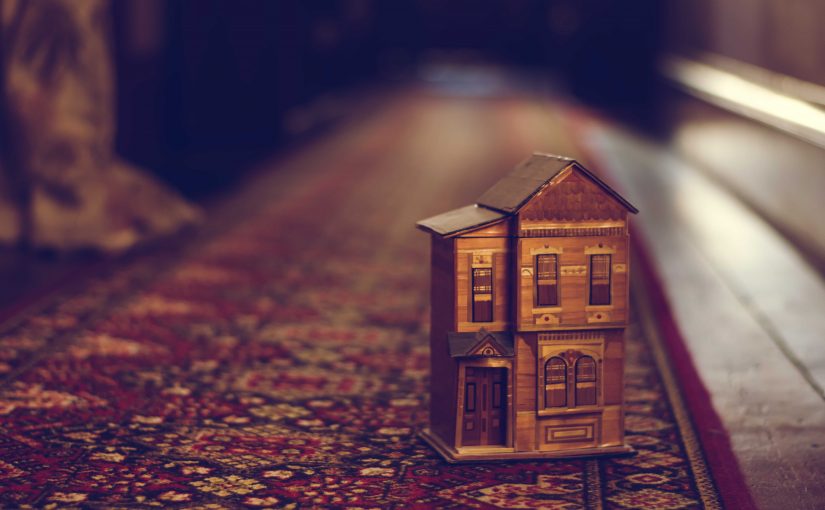Living in a tiny house seems like the way to go nowadays. Proponents of the ‘tiny house movement’ argue that it is more economical and promotes a sense of mobility – many are built on trailers for easy transportation. Cynics argue that having to live in a small space with all of your belongings squeezed around you would quickly outweigh the positives – especially with the inevitable compromises on facilities and features taken into account.
But what about safety and security? Although you may think that having a smaller home means safety and security present a smaller challenge, this isn’t entirely true. In fact, living in a tiny house presents many of its own unique challenges! Just like any other living space, a home security system is obviously paramount – and there are other safety features that must be included too.
Whether you’re thinking of living in a tiny house yourself, you’re already the proud owner of a tiny house, or you’re simply interested in tiny houses in general, read on to find out more.
1. Trailer brakes
It is vital to have electric brakes if you are building your house on a trailer. In case your mobile home detaches from the vehicle towing it, the brakes are activated. It’s obviously an essential safety precaution to test that the brakes are working as they should before you set off on the open road.
Additionally, ensure that the trailer you select can withstand the weight load of your house, as they have different maximum load capacities. Moreover, the tow vehicle you choose should be able to withstand the trailer’s weight.
2. Smoke and carbon monoxide detectors
Smoke detectors are a quick and essential means of informing you of a fire. It goes without saying, but every house – no matter how tiny – should have one. Some smoke detectors can even connect to an app on your phone, allowing you to receive alerts regardless of your location.
It’s also important to make sure that you have a carbon monoxide detector. These are a necessity in any house, but even more important in a tiny house. In confined spaces, carbon monoxide can spread and overwhelm you even more quickly than usual.
3. Fire extinguishers
Fire extinguishers are crucial firefighting tools to have in your home. Space is obviously more limited in tiny homes, but this is one item you should not be tempted to store away. Keep in it an open, easy to reach area – and ensure that it’s still working and within its expiration date!
4. Automated controls
Automated controls help you to protect your home during an emergency, even when you’re not there in person. If your smoke alarm activates, for example, an automatic control system can immediately turn off the main gas supply. This will decrease the fuel for a fire and minimise its spread.
5. Indoor and outdoor security cameras
According to figures from Direct Line, a property is criminally damaged every five minutes in the UK alone – underlying how attractive our homes can be to potential criminals. Tiny home owners may also benefit from the peace of mind of having a video surveillance system. It’s a good idea to install cameras inside and outside your home, making sure that all points of entry are covered. You can even connect the cameras to your phone, which will alert you when there’s a disturbance and show you a direct stream of the cameras’ viewpoint.
6. Exhaust fan
Every tiny house needs to have this powerful tool. Exhaust fans maintain the air quality in your home by removing moisture, fumes, and bad odours. This is vital for small houses, which can be more prone to damp and grow mould. When using a propane stove, it’s best to ensure that your exhaust fan is always on.
Tiny houses may be smaller, but that doesn’t mean you can get by with a smaller number of safety features! A house is a house, no matter how big – and every house needs to be safe and secure. Although tiny houses come with some of their own safety challenges, they also come with their own positives. They allow their owners to live a simpler life, with fewer belongings, a healthier bank balance, and the freedom to take their home with them wherever they go.
Author: Hubert Day
